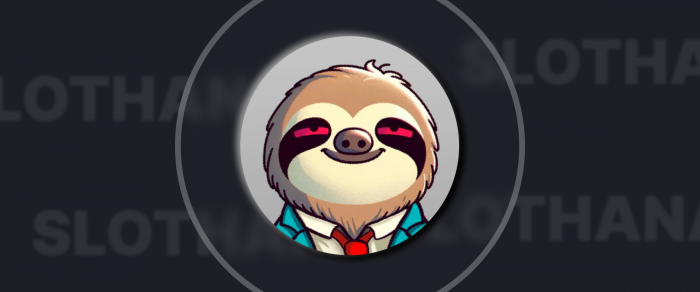With $3.3 Billion Locked in SVB, Stablecoin USDC Loses its Dollar Peg.
The fallout from the bankruptcy of Silicon Valley Bank, the second largest bank failure in U.S. history, is still collecting victims.
This time, it’s about USDC, or USD Coin, a coin released by the company Circle Financial.
USDC is a kind of stablecoin. In other words, it is a token linked to other assets, such as the U.S. dollar, to reduce its volatility. Its value should not change: 1 USDC = $1.
This value cannot be changed, which attracts institutional investors who want to invest in cryptocurrencies but are concerned about being exposed to the market’s excessive volatility.
The USDC has fallen to 87.88 cents. Investors who invest in stablecoins can be sure they will get the same amount when they sell or transfer them. The same cannot be said for fiat currencies and other coins like Bitcoin, whose prices fluctuate because of various micro, macro, and other variables.
That’s no longer the case after March 11, when the USDC lost its peg to the U.S. dollar. According to analyst firm CoinGecko, the fifth cryptocurrency by market value fell to 87.8874 cents at 3:22 a.m. E.T., almost 13 cents below the $1 it should equal. At the time of writing, 1 USDC was worth 95.01 cents, about 5 cents less than $1.
USDC’s losses are the result of its issuer’s announcement overnight that a portion of its reserves was stored in an account with Silicon Valley Bank.
“Following the confirmation at the end of today that the wires initiated on Thursday to remove balances were not yet processed, $3.3 billion of the ~$40 billion of USDC reserves remain at SVB,” Circle announced on Twitter.
According to the company, Circle, like other customers and depositors who rely on SVB for banking services, supports demands for the continuation of this significant bank in the American economy and will abide by the instructions given by state and federal regulators.
2/ Like other customers and depositors who relied on SVB for banking services, Circle joins calls for continuity of this important bank in the U.S. economy and will follow guidance provided by state and Federal regulators.
— Circle (@circle) March 11, 2023
The main danger for USDC is that its price might fall if its owners start selling their coins in a panic that there aren’t enough reserves to support it. The stablecoin UST, or TerraUSD, experienced this apocalyptic scenario in May of last year.
On March 10, the bank was abruptly closed down by the authorities, and the FDIC assumed control. The federal government promptly established a new organization that will start functioning on March 13.
By shutting it down, the Federal Deposit Insurance Corporation assumed custody and is now in charge of $175 billion in client deposits, including funds from multiple startups and some of the most prominent names in technology.
The regulator also established a new organization and stated that unsecured depositors, or SVB clients with more than $250,000 in their accounts, will not have access to their funds for the time being. On March 13, these consumers will get guidance.
Established in 1983, Silicon Valley Bank, which presented itself as a partner in the innovation economy, offered higher interest rates on deposits than its larger competitors in order to attract customers. The company then invested customers’ money in long-dated treasury bonds and high-yield mortgage bonds.
This strategy has worked well in recent years. At the end of 2020, the bank’s deposits doubled to $102 billion from $49 billion in 2018. In 2021, deposits will increase to $189.2 billion.
But everything changed when the Federal Reserve began to boost interest rates, making SVB’s existing bonds less desirable. As a result, the bank was forced to sell the bonds at a loss to cover consumer withdrawals. SVB had to absorb a $1.8 billion loss to liquidate these bond assets.
Owing to this loss, SVB abruptly stated that it needed to seek $2.25 billion in additional capital by issuing new common and convertible preference shares. This decision sparked fear and a bank run.
A regulatory document states that by the end of March 9, almost $42 billion in deposits had been withdrawn. According to the filing, SVB had a negative cash balance of $958 million at the end of that day’s business.



